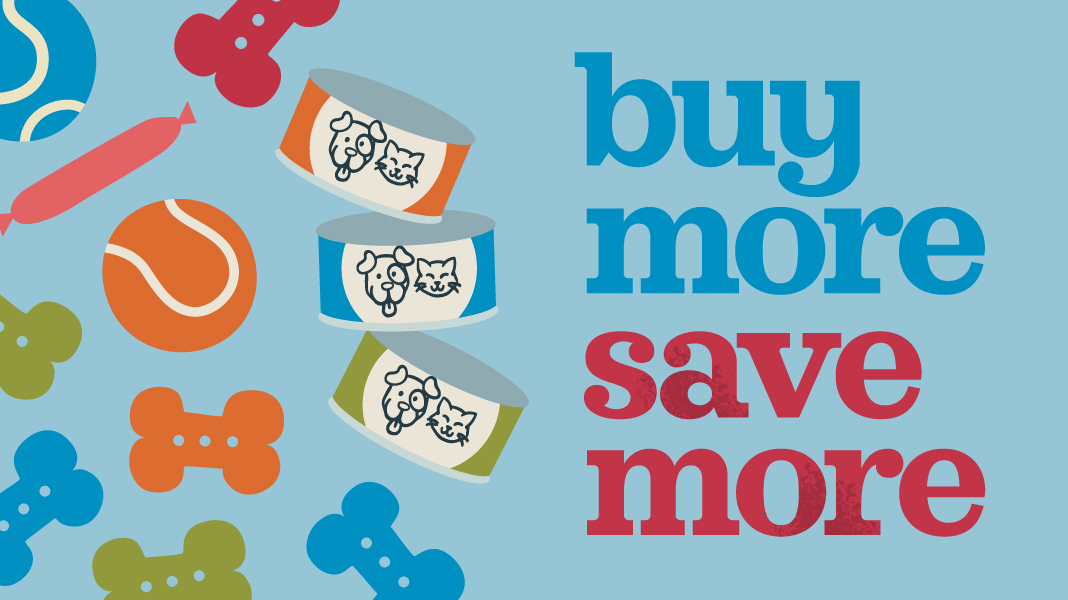Adjusting Your Puppy to Your Home: A Guide to Housebreaking
Posted by Feeders Pet Supply on Oct 31st 2024
Bringing a new puppy into your home is an exciting time filled with joy and anticipation. However, it also requires some adjustments—for both you and your furry friend. One of the most important aspects of welcoming a puppy is housebreaking, which can be a challenging yet rewarding process. Here’s a guide to help your puppy settle in and master the art of housebreaking.
1. Creating a Safe and Welcoming Environment
Before your puppy arrives, prepare your home to make it safe and comfortable:
- Puppy-Proofing: Remove hazards like toxic plants, electrical cords, and small objects that could be swallowed. Secure cabinets and keep harmful substances out of reach.
- Designated Space: Set up a cozy area with a bed, toys, and water where your puppy can relax. This helps them feel secure in their new environment.
- Establish Boundaries: Use baby gates or barriers to limit access to certain rooms until your puppy learns the house rules.
2. Understanding the Basics of Housebreaking
Housebreaking is the process of teaching your puppy where it’s appropriate to go to the bathroom. Here are some essential principles:
- Consistency is Key: Establish a routine for feeding, potty breaks, and playtime. Consistent schedules help your puppy learn when and where to go.
- Frequent Potty Breaks: Take your puppy outside frequently, especially after meals, naps, and play sessions. Young puppies usually need to go out every 1-2 hours.
- Designate a Potty Area: Take your puppy to the same spot outside each time to help them associate the area with going to the bathroom.
3. Positive Reinforcement
Using positive reinforcement is crucial for effective housebreaking:
- Praise and Rewards: When your puppy goes potty outside, immediately praise them and offer a treat. This reinforces the behavior and encourages them to continue.
- Avoid Punishment: If accidents happen inside, do not scold your puppy. Instead, calmly clean up and focus on reinforcing the desired behavior next time.
4. Recognizing Signs and Signals
Pay attention to your puppy’s behavior to catch early signs that they need to go outside:
- Circling or Sniffing: If your puppy starts sniffing the ground or circling, they might be looking for a spot to go.
- Whining or Barking: Some puppies will whine or bark when they need to go outside. Take them out immediately if you notice these signals.
- Restlessness: If your puppy seems anxious or is pacing around, it could indicate they need a potty break.
5. Managing Accidents
Accidents are a normal part of the housebreaking process. Here’s how to handle them:
- Clean Thoroughly: Use an enzyme-based cleaner to eliminate odors. This helps prevent your puppy from returning to the same spot to relieve themselves.
- Stay Calm: If you catch your puppy in the act, gently interrupt them and take them outside to the designated potty area.
- Reflect on Triggers: If accidents occur frequently, consider if there are specific triggers (like stress or excitement) that need to be addressed.
6. Patience and Persistence
Housebreaking can take time, and every puppy is different. Here are some tips to stay positive:
- Set Realistic Expectations: Understand that young puppies may take several weeks or even months to become fully housebroken.
- Celebrate Small Victories: Acknowledge and celebrate your puppy’s progress, no matter how small. Each successful potty trip outside is a step in the right direction.
7. Additional Training and Socialization
As your puppy becomes more comfortable with housebreaking, continue their training and socialization:
- Obedience Training: Basic commands like “sit,” “stay,” and “come” can improve your puppy’s behavior and help reinforce good habits.
- Socialization: Expose your puppy to different environments, people, and other pets. Proper socialization contributes to their overall well-being and confidence.
Adjusting to life with a new puppy and housebreaking can be challenging, but with patience, consistency, and positive reinforcement, you’ll help your furry friend thrive in their new home. Remember, every puppy is unique, and the journey to becoming fully house trained will be filled with ups and downs. Enjoy the process and cherish the bond you’re building with your new companion!






